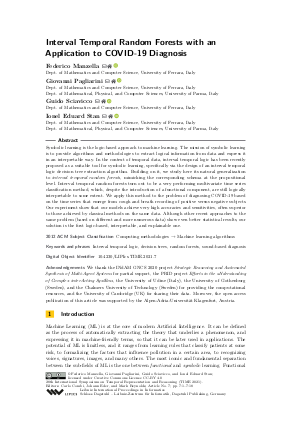LIPIcs.TIME.2021.7.pdf
- Filesize: 0.78 MB
- 18 pages

 Creative Commons Attribution 4.0 International license
Creative Commons Attribution 4.0 International license









































Feedback for Dagstuhl Publishing